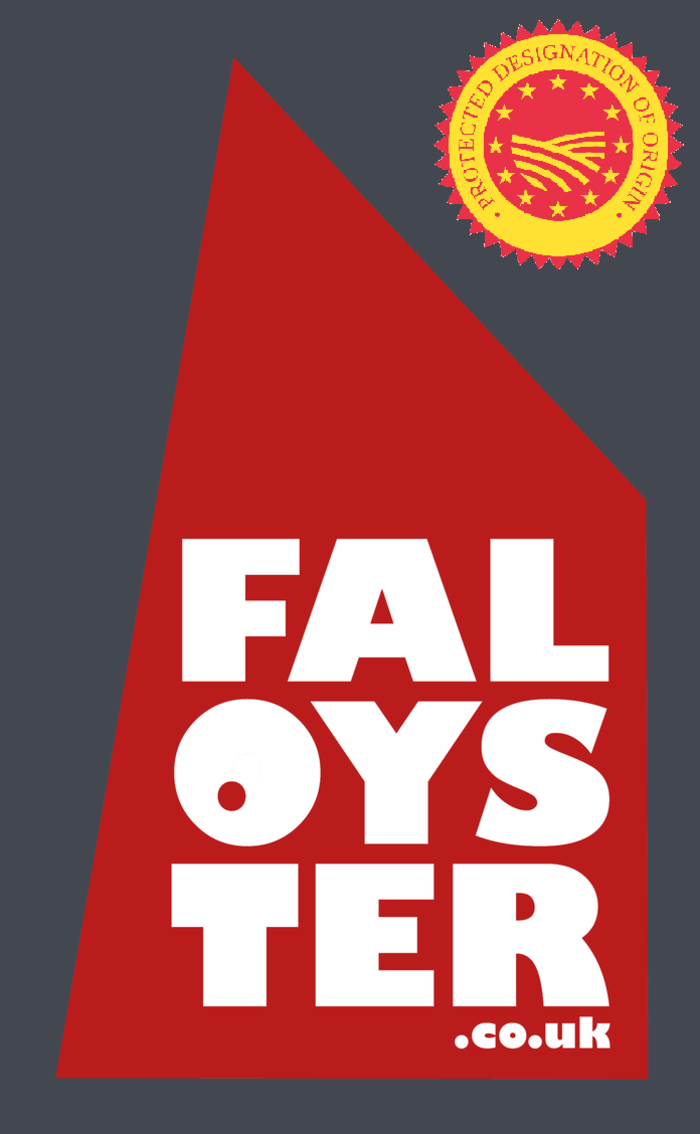Office News
Cornish Native Oysters Business Plan 2 September 16 2012
Strengths
-
Cornish Native Oysters, named ‘Best Fish & Seafood Producer’ in Telegraph’s Good Produce Guide 2012 by Rose Prince
-
High value product, Local Delivery Partner, SE Distribution Centre, National Home Delivery
-
Supplier to Michelin Chef’s & Restaurants
Weaknesses
-
Pre season payments (insurance, licenses, DEFRA, rent etc.) before any revenue
-
6 months season, October until March
-
Low value for fishermen who need to be paid weekly = High turnover of crew
-
Michelin Chef’s & Restaurants wanting to pay 90 days after invoice
Opportunities
-
Working more than 40 days of approx. 130 days in season
-
Operating 4 dredges per boat
-
Saving another old oyster boat, Working 2 boats, Creating 4 Jobs
-
Supplying larger quantities to more restaurants
-
Maintaining a larger part of the fragile fishery
Threats
-
EU Fishing Vessel Licensing scuppering the ‘<10m Engineless Exemption’
-
Introduction of non native species onto the wild native oyster fishery damaging the beds (see Duchy Oyster Farm)
As a sole trader…
I am maintaining the boats, teaching crew, gathering the wild oysters, grading them each day, cleaning them in my purification centre, pro active sales & marketing, packing and dispatching orders, trade shows, daily admin, book keeping and petitioning against the threats to the fishery.
Like many small businesses…
I desperately need an employee to take over ‘grading them each day, cleaning them in my purification centre, pro active sales & marketing, packing and dispatching orders’ as every day at sea I have to spend a day in the purification centre and lose another day at sea. We have 6-month season so effectively I am breaking even in 3 months…
In the 2009 Business Plan #1 (below) I wanted to increase the value from 18p to £1, in year three the average price I sold oysters for was £1.28.
To
assist with cash flow, prices will increase but will then be discounted to base
price if paid within certain terms (i.e.20% off if paid within 30 days)
The season is October 1st to March 31st the hours for
fishing are 9-3 Monday – Friday 9-1 Saturday. The fishery suffers from seaweed
growth in warmer temperatures so it’s harder to work the heavier dredges at the
beginning and end of the season. The yield tends to drop off at the end of the
season and every day is weather dependent, some days it is ‘wind over tide’ so
difficult to keep the boat drifting favourably. It therefore makes sense to
have two boats working on the good days and also improve the number of days
out.
Inception (next steps):
Raise capital to cover: Outstanding Finance, Relocation, Input Costs, Capital Assets, Materials and Labour
Rebuild a second boat 'Boy Phil' by selling shares in both her and 'Alf Smythers'
Recruit a second skipper, two crew and someone to operate the purification centre
Incorporate Fal Oyster Ltd. for Share Capital and Allotment
Initiate Oysters From The Fal .org for recruitment, training, apprenticeships and not for profit events
Cornish Native Oysters Business Plan 1 September 16 2012
In 2009 I wrote:
"By supporting this micro-business it will enable the value of Truro Oysters to significantly increase for the last of the traditional oystermen, whilst encouraging new generations to learn the skills. In return Truro Oysters will establish a self-sufficient micro-business model for other businesses, establish a market that understands the very distinctive oysters and introduce a traceability scheme to seal in the provenance of every oyster.
In 2012 the Port of Truro Oyster & Mussel Fishery will be assessing the viability of the fisheries own license and with only a dozen or so boats dredging on a daily basis, it is imperative that the very unique and sustainable source of food be recognized and its future secured for generations.
A benefit to all…
The current value for the oystermen is £2.30 per kilo (18p ea), to employ three staff (two onboard and one ashore) for six months is £25,000 that’s 21 x 20kg bags a week every week just for employment alone. A very good week only brings in 15 bags.
20kg bags at a merchant’s value of £6.25 per kilo (50p ea) means just 8 bags need to be landed and sold every week to cover staffing costs
At a value of £9.38 per kilo (75p ea) its just 5 bags a week, which is half the average predicted catch for 2009/2010 season
Within a year increase the oysterman’s value almost 300% from 18p each to 52p (equivalent to today’s merchant value) by marketing the unique history and sealing in the provenance of each character and boat. The following year an increase of just 50% then 33% the year after, so a new value of around a £1, which would encourage new boats and crews, managing the beds would increase growth and if there were 50 boats again the fishery would be saved and each boat would still only need to land 10 bags each for it to be equally viable."
In 2011-12 season the average price you paid for these exceptional oysters was £1.23 each, hard work and provenance is the key and thank you so much, now we can start the Business Plan 2...
